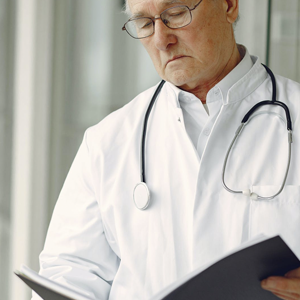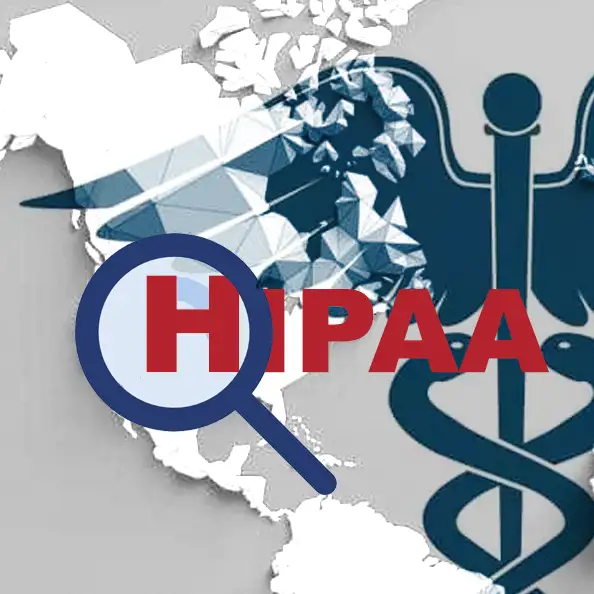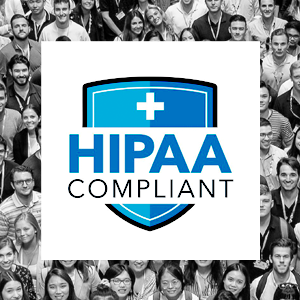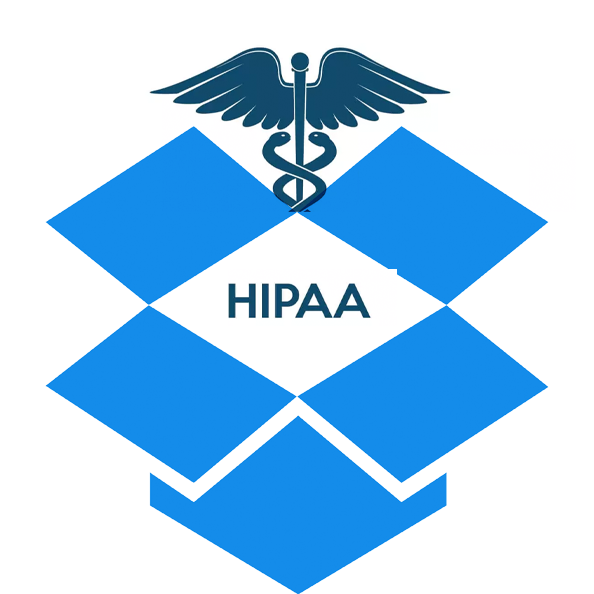Why HIPAA Compliant fax is important in Healthcare
Being secure, fax enables the protection of patients’ privacy and complies with the Health Insurance Portability and Accountability Act (HIPAA). However, HIPAA compliance requires several conditions to be met.
 Modern healthcare heavily relies on fax machines as a major medium of communication. For its reliability, and convenience and as part of making medical records more compatible, healthcare organizations in the US have been relying heavily on fax to send and receive patient health information for years.
Modern healthcare heavily relies on fax machines as a major medium of communication. For its reliability, and convenience and as part of making medical records more compatible, healthcare organizations in the US have been relying heavily on fax to send and receive patient health information for years.
Being secure, fax enables protection of patients' privacy and complies with the Health Insurance Portability and Accountability Act (HIPAA). However, HIPAA compliance requires several conditions to be met. The first step for faxing to conform to all HIPAA requirements is to go digital and start using T.38 Fax over IP (FoIP) with advanced encryption. Faxing T.38 is a standard that defines how a real-time fax call is carried over the Internet without having to convert it into a voice call (VoIP); it’s secure and superior to a traditional fax facility. With the Public Switched Telephone Network (PSTN) faxing phased out, more healthcare facilities are switching to T.38 FoIP. Encrypted T.38 is the best-suited FoIP solution to transport sensitive information.
There are three notable aspects of fax service that make it superior and earn it a HIPAA stamp of approval – real-time data transfer, data encryption, and page-by-page confirmation.
Real-Time Data Transfer
Maintaining HIPAA compliance is easier when you use real-time transfer instead of store-and-forward fax service; the former sends faxes immediately while the latter stores data in an intermediary station before forwarding it to the recipient. Data traveling uninterrupted from fax sender to fax recipient is less susceptible to hacking as it moves directly between the two parties’ fax machines. However, with a cloud-based store-and-forward fax, data is held in a waiting area and there is a greater risk of something going wrong before it reaches the destination. HIPAA recognizes the security difference between real-time and store-and-forward faxing and requires that healthcare providers and fax service providers assume liability if they use store-and-forward fax systems. Both parties must sign a legal agreement called a Business Associate Agreement (BAA) as there is a higher risk of privacy and compliance breaches when using a store-and-forward fax system.
Data Encryption
As HIPAA requires doctors to have safeguards in place to protect sensitive information such as medical records and personal health information, T.38 faxing deployed with advanced encryption is a perfect fit for healthcare teams. It is important to note that not all encryption is equal. Many fax providers encrypt just the signaling or encrypt the media and signaling through methods that add significant cost and/or compromise delivery success rates. Choosing a T.38 fax provider that encrypts both the signaling and media cost-effectively and offers high reliability and security for the healthcare sector.
Instant Confirmation of Data Delivery
One reason fax is used to send patients' personal health information is its interoperability. Faxes can be sent quickly, securely, and reliably; senders do not have to verify in advance whether recipients have compatible technology to receive and view patient information. Documents will be received by anyone with a fax machine. Verifying receipt is critical and part of maintaining HIPAA compliance. T.38 offers more reliable transfer and produces page-by-page confirmation as the fax is transmitted. This helps healthcare teams obtain the verification they need while sending sensitive data.
Healthcare providers are aware that maintaining HIPAA compliance for faxing is not a challenge to their digital transformation initiative, and hence, faxing technology will remain important in healthcare for many more years.
Reach out to us today at 800-473-6208 or sales@westfax.com to learn more.


